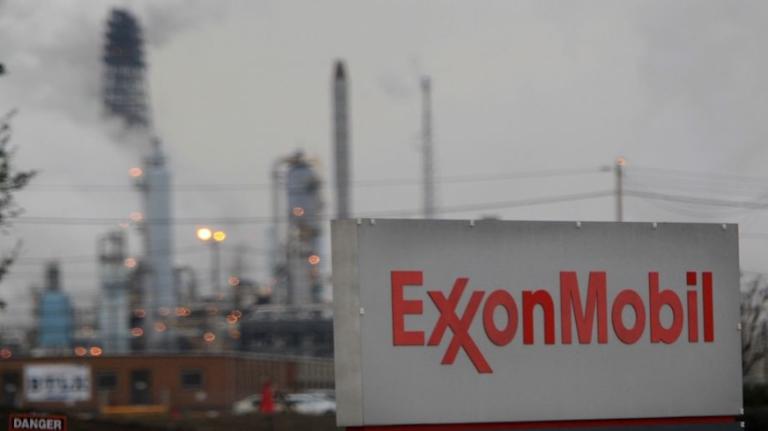 This is part two of a guest essay from Jeremy Carl, a Research Fellow at the Stanford University’s Program on Energy and Sustainable Development. (Part one is here.)
This is part two of a guest essay from Jeremy Carl, a Research Fellow at the Stanford University’s Program on Energy and Sustainable Development. (Part one is here.)
—–
So if coal is going to be a major part of our energy system for the foreseeable future, what should we do about it?
First, some of coal’s problems may be solved in unexpected ways through sharp regulation and smarter R&D. Several boiler manufacturers are attempting to design C02 scrubbing retrofits for power plants. Greenfuel is doing the same with an emissions-to-biofuels strategy. Figuring out a way to capture significant portions of emissions from our existing plants would in some ways be an even bigger breakthrough than building a new CCS plant from scratch, as it would not require as much infrastructure investment of the sort that makes new plants politically difficult.
Perhaps more importantly, but less recognized, there are some dramatic changes at the end-use level that could make even coal less damaging environmentally. The emergence of electric vehicles and plug-in hybrids (such as the Chevy Volt and Saturn Vue plug-in, which will likely be on the market within three years) could fundamentally alter coal’s environmental profile. As several studies (including a detailed recent study from EPRI and NRDC) show, plug-in hybrid cars have better net C02 emissions performance than traditional gasoline-powered cars, even if they are powered entirely by electricity from coal-fired power plants that do not do carbon capture. (Full disclosure: EPRI is a funder of my research group, though my personal funding comes from Stanford University’s general funds — and I was not involved in any way with the study.)
Combine this with the lower price of running a car on electricity, the energy security benefits of using an abundant domestic fuel, and the potential to achieve far more dramatic reductions in emissions if power plants capture and store C02 (in a way gasoline powered cars never could), and suddenly coal, while certainly a dramatically sub-optimal solution, begins to look far more palatable in the short-term — at least from a C02 perspective. Doing a "well-to-wheels" analysis of coal in the transport sector also causes us to change our thinking about emissions, focusing less on the amount of C02 released in combustion than on whether the usage of the fuel is point source (like power plants) which can, at least in theory, be captured, or mobile source (like gasoline-powered transport) which is pretty much impossible to capture.
As for how to bridge the gap between where we are and where we need to be, a global Apollo Alliance-type approach, with substantial revenue going to clean up sources like coal, would have been a much better solution than chasing after the failed strategy of Kyoto. Getting serious about FutureGen, as the Bush administration has failed to do, would also be helpful. Yes, these sources of emissions reductions will be expensive at first — but they are also a necessary option to have at our disposal.
Once we figure out whether these approaches are viable (and the IPCC believes they are) and what they cost, then we can have a serious discussion about who pays. Right now, we can’t have that discussion — and asking China and India to go to immediately to renewables, or even on a mass scale to natural gas and nuclear, is the equivalent of telling them to turn off the lights. And that is a non-starter.
In summary, I am going to assume coal’s future, and figure out how coal technologies and markets work in the real world, so that we can limit coal’s potential damage as much as possible while still getting those cold beers and hot showers. If a disruptive "game changing" technology comes along in the meantime that renders coal obsolete, than so much the better for all of humanity — but I’m not going to count on that happening.
I realize I have made some stark statements here, and I do not want to repeat the hubris of many environmental commentators by claiming analytical infallibility. My crystal ball is broken, and I could be completely wrong — it may be that everything we do with clean coal is worthless and that with enough sustained pressure, the environmental movement an its allies can eliminate coal use entirely, or at least dramatically reduce it in the near-future. The current systems envisioned to capture carbon are enormous and expensive, and I know smart and reasonable people, including David, who think we should put our bets almost exclusively on renewables and efficiency. But I don’t want to put all of my eggs in that one basket, especially as I suspect it is not the correct basket.
My point is that we have to engage substantively in these debates. Regardless of what we think about coal, environmentalists need to shape its future so that we can minimize its damage to ourselves and the planet. Closing our eyes and wishing, against all evidence to the contrary, that it will go away (or even screaming at the top of our lungs that we want it to go away) is not a energy or climate policy. It’s a recipe for disaster.

